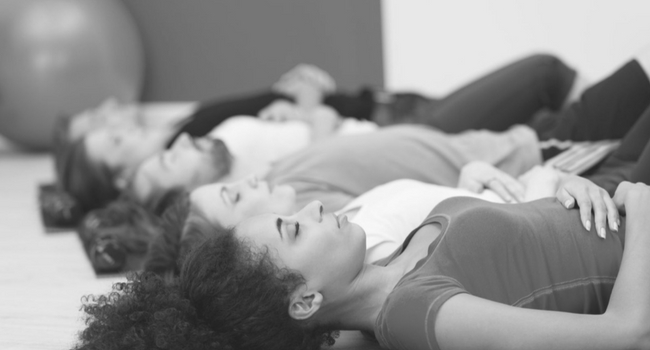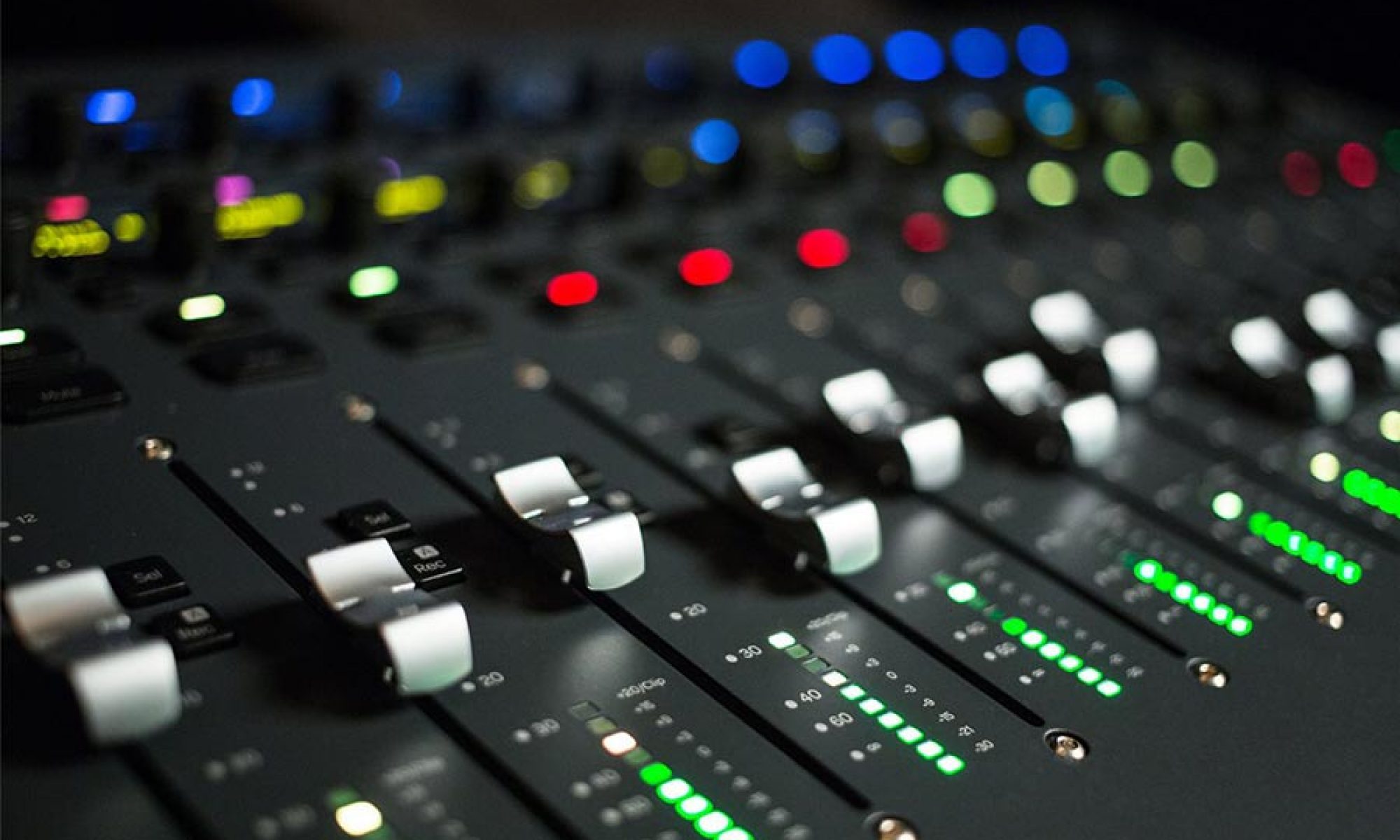I’ve been fortunate enough to work with a number of different voice over artists. One thing I’ve noticed is that whether I am working with a professional voice over actor or someone who is just starting out, everyone benefits from a solid voice warm up.
The best voice over artists always do a voice warm up before a session. Even if it’s only 5 minutes they understand that getting their instrument ready will not only help nail the job, it will get them re-employed. That extra 5 -10 minutes work could help you land the gig, or get reemployed if it’s a paid session. It’s also very important if you’re doing a voice demo session. You’re spending the big bucks on a new demo, it’s crazy not to warm up.
There are a number of elements to any voice warm up, but I just want to cover the ones I feel are most important for voice over.

Voice Warm up for Voice Over Actor
Alignment
This is the foundation of all voice over acting. If you are starting a session in poor alignment, your voice won’t be at its best. Being aligned and centred will solve many of the common vocal issues voice over artists face.
#1 Semi-supine (Image below)
Semi supine is the best exercise I learned at drama school. Simply, it’s a position that completely takes the pressure off your spine. As you can see from the image below, the spine is able to be fully in contact with the floor. 15 minutes in this position is equivalent to 6 hours of sleep. Doing this for 10-15 minutes before a session is a great way to reduce tension, and realign your body.
You can also do many vocal exercises in this position. As you can see a small book under your head really helps, but isn’t essential.

#2 Tension Release
Alignment is impeded by tension. These can be fleeting tensions, or life long tensions, but either way you want to work to lessen their effect.
The jaw is a problematic area for many people. Lightly massage your jaw (externally). Draw your hands from your temples down along your jaw and release all that tension. The muscles just below your cheek bones can also get very tight, massage the whole area. Massaging your temples, shoulders and face can also be a great release.
Support
Breath support is the foundation of all voice work. Though you might be sitting in a chair reading 2 lines, voice over work can still be taxing, trust me! So make sure you do some work to get connected to your breath:
#1 Stretch your ribs
Your ribs are the key to your breath. First of all stand up tall with your legs spread wide. Then with your left arm reach over to your right side of your body and stretch out your left ribs. Your other arm should hang down. Do three deep breaths in this position. Then do the same on the other side. Very simple way to open up the rips. Adding in a yawn or a hum can also help.
#2 Fricatives
Funny word isn’t it – fricatives. These sounds include “FF, SH, SS, TH”. They are unvoiced sounds that you can use to lock in with your breath.
Stand in alignment, feet are shoulder width apart, and make any of the above sounds. Once you are out of breath, relax and let the air flood into your lungs. Never try to control your in breath, just let it be. Do three sets of each fricative. You can do this exercise in the semi-supine position (mentioned above) or on all fours.
This seems almost too simple, but it will connect you to your breath and get you on support for your voice over session.
Resonance
Resonance is so important for voice over. The more rich and resonant your voice, the more the microphone will love you.
#1 Humming
Humming is the classic voice trick. If you only have a few minutes, humming is your best bet. You can also add in some light scales on a hum or sirens (below), but any sort of humming will be great.
#2 Resonance Scan
Start humming. Feel where the vibration is in your body, usually it’s strongest around the throat. Now try to move that vibration around your body. Place your hand on the top of your head and see if you can get it vibrating. Then the face, especially the nose. Then throat, chest, and rips. Sending resonance to different parts of your body is a great way to find more room to resonant.
If you resonant, you will resonant with the listener.
Articulation
This is the biggest problem area I find with voice over artists I am working with. Making sure you are articulating properly will be hugely helpful in a voice over session.
#1 Word Jumble
Talk absolute gibberish for 20 seconds. Try to say every single consonant you can and as quickly as you can. Then stop and talk normally. You should instantly feel an improvement. Go again and try to say even more consonants, and quicker than the first time.
#2 Massage
This can get a bit messy, but it works. Massage your cheeks and lips. And yes I mean get in your mouth (preferably with clean hands) and loosen up your articulators. This is best done with your thumb and forefinger working along each cheek and around the lips.
#3 Articulation exercises
Find 2 or 3 tongue twisters that you like and say them as clearly as you can. Remember you need to remember all the previous steps in this warm up before doing this work. It’s no use just rattling off a few tongue twisters slouched on a chair.
A few classics…
Unique New York
New York Unique
She sells seashells by the seashore
Eleven benevolent elephants
Range
Voice over directors are going to push your voice. They expect voice over actors too have an incredibly flexible voice. Therefore working on your range is vital.
#1 Sirens
The title says it all. Take your voice from its lowest point to highest (pitch wise) and back again on a soft hum. You can also do this on a lip trill, or an open vowel: ah, oo, ee.
#2 Scales
There is nothing better than a singing warm up for your voice, and singing voice warm ups revolve around scales. Find a few scales (Spotify has plenty of free playlists) and gently work through them on a hum, and then a “la”. This will help improve your range. I like a basic 5 note major scale.
Conclusion
It doesn’t take much to get your voice in a great state for a voice over session. If you are regularly warming up and working on your voice, it should just be a small part of your morning routine. I hope some of these exercises help you smash your next voice over session.



